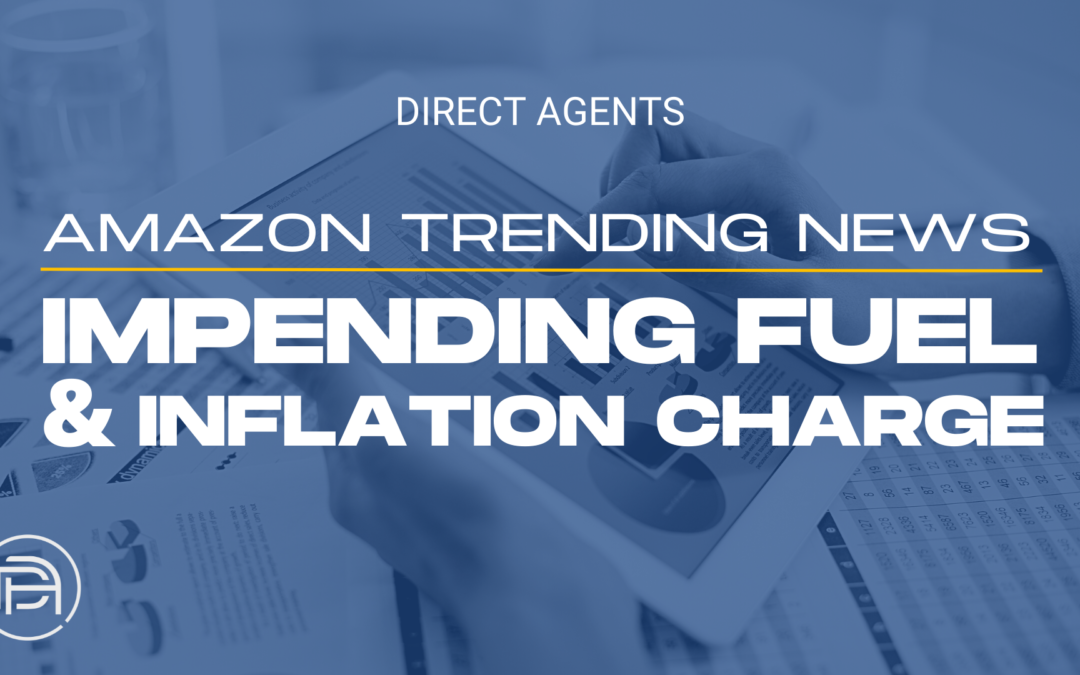Amazon Update:
Amazon recently announced that an Amazon FBA fuel and inflation upcharge will be starting on April 28th, 2022 for any orders that are fulfilled by Amazon (FBA). This will be a 5% fuel and inflation upcharge applied to all US FBA fulfillment fees. Amazon stated that the fee will apply to all product types that are shipped from fulfillment centers starting April 28th.
This news is the first fee increase of its kind for Amazon Sellers and comes after the great increase in inflation seen in recent months.
So what can sellers do?
Here are several tips to consider when adjusting your overall Amazon strategy for the impact of inflation:
- Consider strategic price increases
While it might seem like a no-brainer, brands will need to be strategic in the price increases they implement in the coming months. Sellers can shift their products to a higher price point level within their product category, while still staying below competitors. Your brand can position itself as a low-cost item among other higher-priced brands to gain market share and increase overall revenue. - Utilize FBA for top revenue-driving products
With the increase that the fuel and inflation upcharge will have on Amazon FBA fees, Sellers should reconsider what products they currently ship through FBA. We recommend always utilizing both FBA and FBM fulfillment types when selling on Amazon. However, with this increase in fees, sellers might want to consider utilizing FBA only for top revenue-driving products and FBM for those that have yet to sufficiently gain reviews or sales. This can help reduce the storage fees that are associated with FBA. We strongly recommend that sellers continue utilizing FBA for top products, as we have seen it to be beneficial to the conversion rate of listings. - Adjust package quantities and pricing
Another way that sellers can creatively fight the impact of inflation is to adjust package quantity and pricing. Brands can offer different single/multipack options for their products at varying prices per unit. For example, on one side brands can offer a bulk multipack version of a product at a lower price per unit to appeal to value shoppers on Amazon. On the other hand, brands can offer a singular trial/small version of the product at a higher price point. This strategy can help brands increase their overall revenue and units ordered and market to consumers that are looking for a deal on Amazon.
Overall, brands will need to adjust their strategy to reduce costs and maintain their margin levels to mitigate the effects of the Amazon fuel and inflation upcharge.
Our eCommerce experts at Direct Agents can help your brand strategize how to grow your business on Amazon and other marketplaces. Reach out at [email protected] today to get started.
– Sara Rosenberg, eCommerce Strategist


